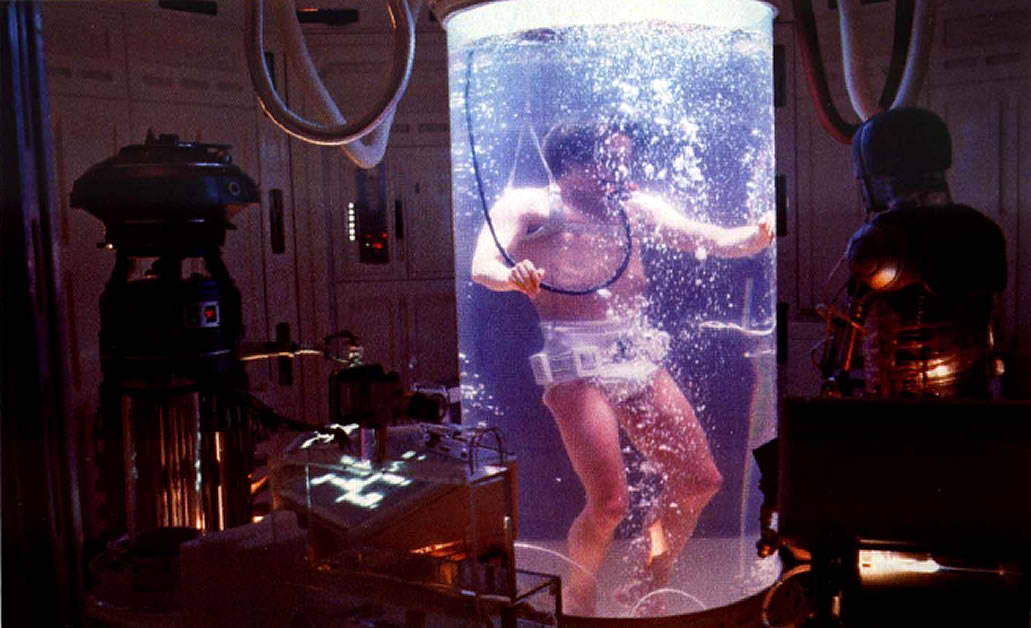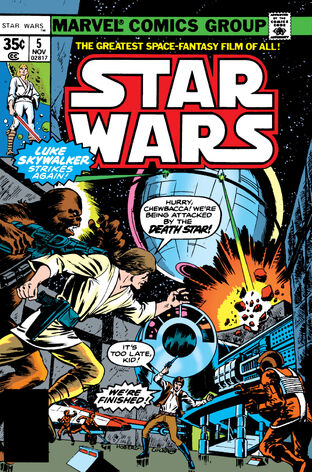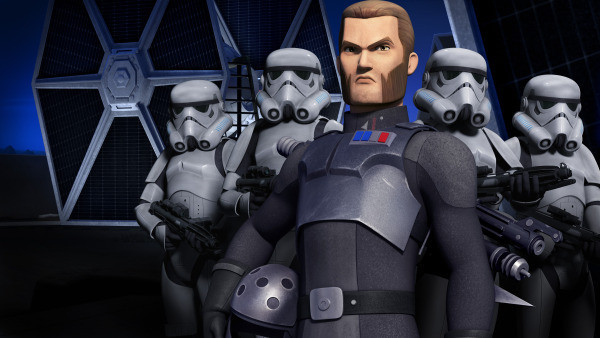
From a few brief scenes with a diapered Luke Skywalker floating in a tank of clear (later established to be blue) liquid came one of the franchise’s most enduring futuristic inventions: that mysterious, miraculous live-saving fluid we call bacta. In go the wounded, out come the hale and hearty. A universal cure for anything and everything that ails you. Incredibly convenient, without question, but also a rare instance in which we’re permitted a glimpse of a technology that is most decidedly not a straightforward science fiction counterpart to something from our own world.
At least not yet, anyways. There are obvious questions that come to mind: where does it come from? How does it work? Who controls the supply? All valid questions at the moment, as their established answers have been washed away in the all-consuming deluge that is the big red button labeled “reboot.” So let’s ask a different question, instead. We’ve seen what bacta is capable of, so what else might they be able to do that we can’t?
 Lately, I’ve been using my series
Lately, I’ve been using my series 


